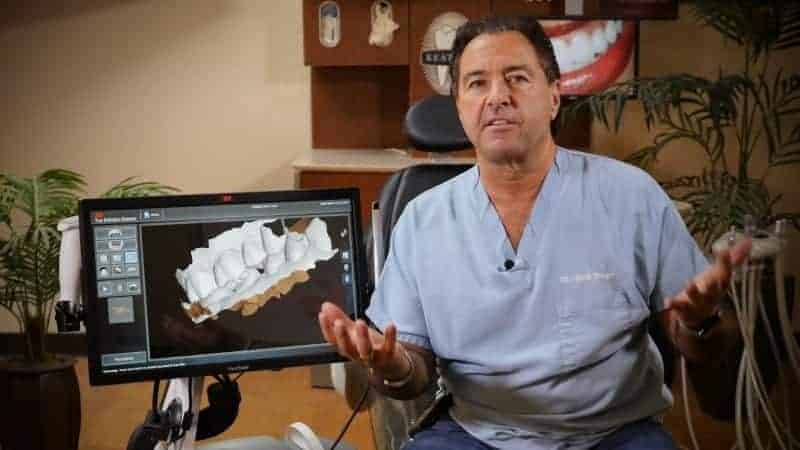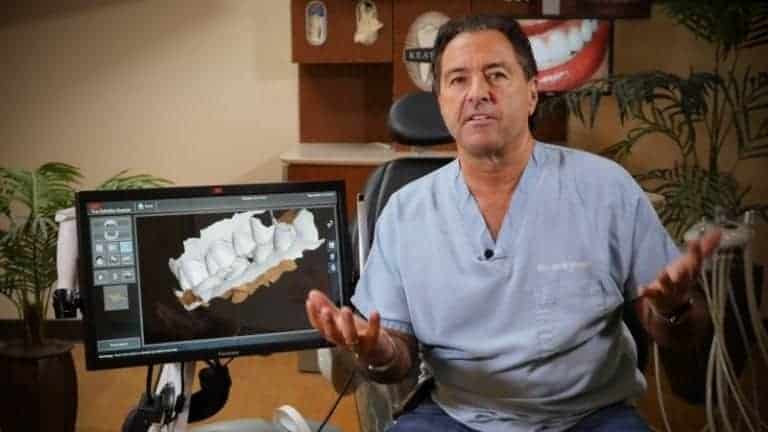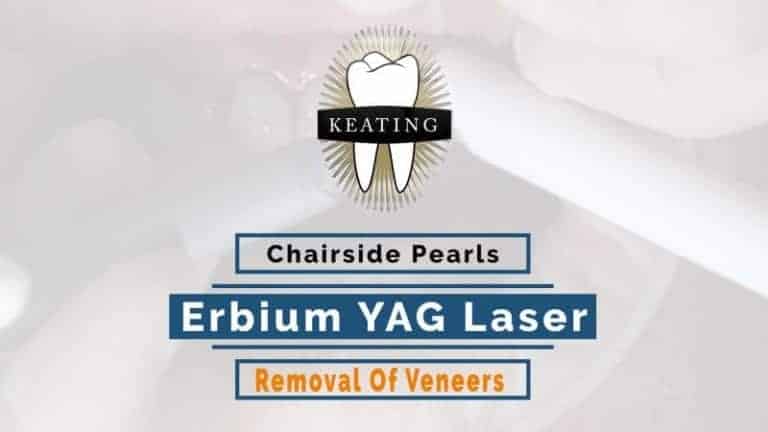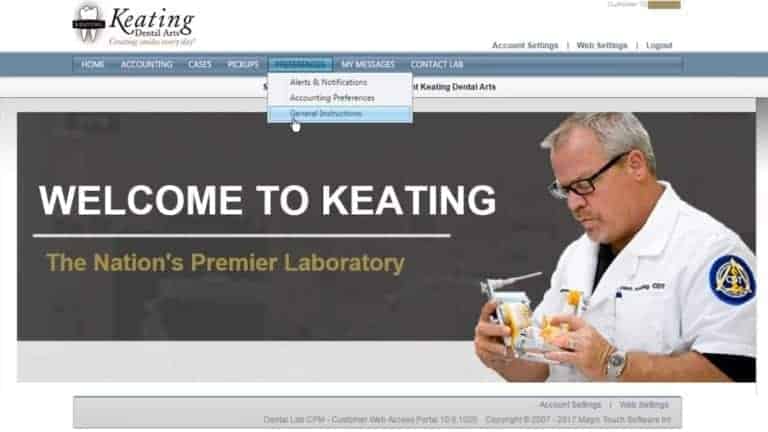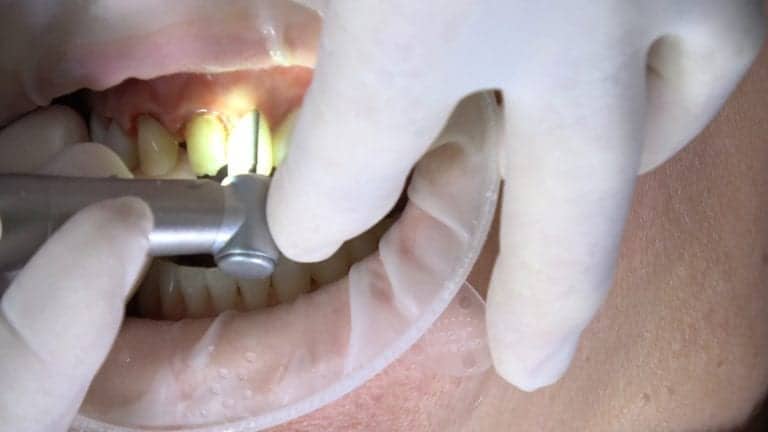In this in-depth video tutorial, Dr. Jack Ringer compares the differences between analog and digital impressions when manufacturing indirect restorations. As a dentist who has abundant experience using both analog and digital impression methods in his own practice, he explains the step-by-step workflow of both analog and digital systems. He furthermore compares the benefits and negatives of both techniques in terms of cost, efficiently, patient comfort, time, precision and technology of different digital systems.
Watch also: How To Take A Digital Impression
Read below for more about the shift from analog to digital in the modern dentistry workflow!
Embracing the Future: The Shift from Analog to Digital Workflow in Dentistry
In the dynamic field of dentistry, the transition from traditional methods to digital processes represents a significant shift, enhancing both the practitioner’s and the patient’s experience. One of the clearest illustrations of this evolution is the comparison between analog and digital impressions for manufacturing indirect restorations. Dr. Jack Ringer, an esteemed figure in dental practice with extensive expertise in both realms, delves into this transformation in an in-depth video tutorial featured prominently on our platform.
The Digital Dentistry Workflow vs. Analog Impressions
In traditional dental practices, analog impressions have been the cornerstone of creating dental models for restorations. Yet, with the advent of digital technology, an increasing number of dental professionals are exploring the advantages of a digital workflow. This blog post aims to discuss the transition from analog to digital, focusing on efficiency, cost, patient comfort, and precision—themes which Dr. Ringer addresses in detail in his tutorial.
Analog Impressions: The Traditional Route
Analog impressions involve creating a physical mold of the patient’s teeth, which is then used to craft dentures, crowns, bridges, and other restorables. This method, while time-tested, presents several challenges:
- Patient Discomfort: Many patients find the process of taking traditional impressions uncomfortable and sometimes anxiety-inducing.
- Time-Consuming: The process is often lengthy, requiring multiple appointments.
- Precision Concerns: Human error and material limitations can sometimes impact the accuracy of the impressions.
Digital Impressions: A Leap into Modern Dentistry
Digital dentistry workflow represents a paradigm shift, offering a more streamlined, efficient, and comfortable approach. Using advanced scanning technology, dentists can create highly accurate digital models of the patient’s dentition. Key advantages include:
- Enhanced Patient Comfort: The non-invasive nature of digital impressions is significantly more comfortable for patients.
- Efficiency and Time Savings: Digital impressions are quicker and eliminate the need for multiple appointments related to impression taking.
- Higher Precision: Digital technology offers exceptional accuracy, reducing the likelihood of errors and adjustments.
Analog vs. Digital Workflow in Dentistry: A Detailed Comparison
Dr. Ringer’s video tutorial meticulously compares the two methods, shedding light on the step-by-step workflow of analog and digital systems. He explores not only the technical aspects but also the cost implications, efficiency, patient comfort, time investment, precision, and the technology behind various digital systems.
- Cost and Investment: Initially, the cost of digital systems can be higher; however, the long-term efficiencies and reductions in material costs can outweigh this.
- Efficiency and Time Management: Digital impressions and workflows significantly reduce the turnaround time, providing a quicker path to treatment completion.
- Patient Experience: The non-invasive nature of digital impressions greatly improves patient comfort and satisfaction.
- Precision and Outcome: With the accuracy of digital systems, the fit and quality of final restorations are often superior.
The Role of California Dental Labs in the Digital Transition
California dental labs, like Keating Dental Lab, play a crucial role in this transition. As pioneers in adopting digital dentistry workflows, these labs utilize Customized CAD/CAM Abutments and digital models to produce highly accurate and aesthetically pleasing removables and other restorations. This integration of cutting-edge technology not only boosts the labs’ efficiency but also elevates the quality of dental care provided to patients.
In Conclusion: The Journey Towards Digital Excellence
The debate between analog and digital workflows in dentistry is ongoing, but the advantages of adopting a digital approach are clear. From improving patient comfort to enhancing precision and streamlining operations, the leap into digital dentistry is a giant stride towards the future of dental care. Dr. Jack Ringer’s tutorial acts as an invaluable resource for those looking to navigate this transition, offering both insight and practical advice.
As dental technology continues to evolve, staying informed and embracing innovation will be key for dental professionals seeking to enhance their practice and patient care.

